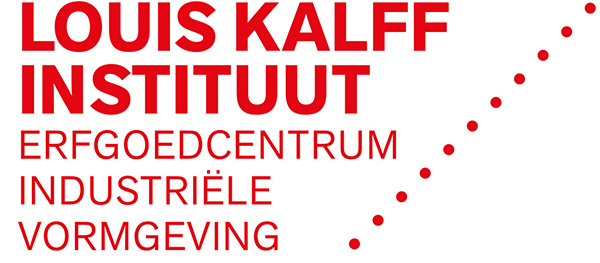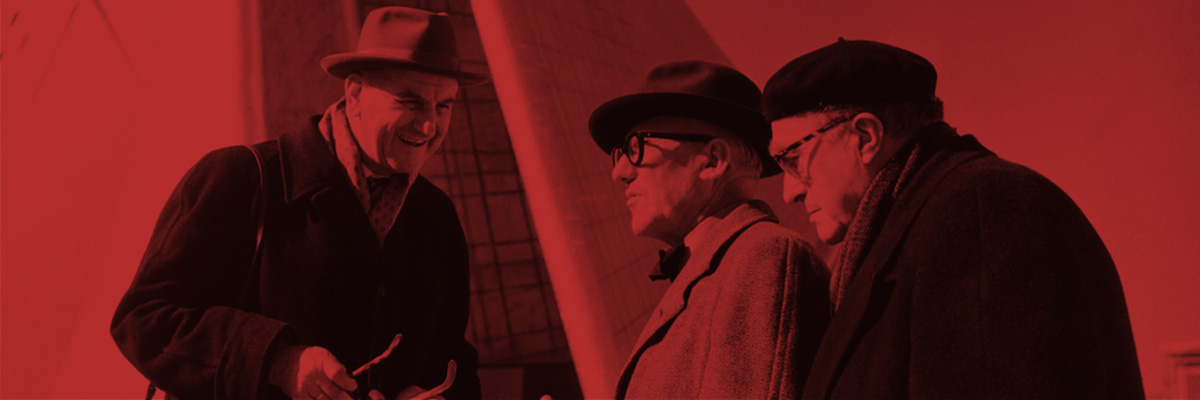De Ploeg, textile factory. Weaving mill De Ploeg came forth out of a cooperative production and consumer’s association in Bergeyk that sold, among other things, household textiles. Before the Second World War, De Ploeg had home textiles produced at other weaving mills based on the designs of Willem van Gelderen and Lotti Berger, such as the well-known Dobby fabrics and the Coloras. After the Second World War, their own production expanded with designs by Nico Daalder, Trude Guermonprez-Jalowetz and Frits Wichard. De Ploeg manufactured woven fabrics and printed curtain fabrics, upholstery fabric and clothing fabrics, from 1957 in a new factory designed by Gerrit Rietveld. The organisation changed to a joint-stock company with shares owned by the Stiching Werkgemeenschappen Bergeyk who continued the cooperation’s objective, namely ‘giving the products maximum practical value that meets the demands of good taste.’ De Ploeg gave high priority to good industrial relations and profit sharing as well.
Furniture factory ‘t Spectrum was also part of the foundation. De Ploeg and ‘t Spectrum were led by Piet Blijenburg and Roelof van Daalen until 1962. That year De Ploeg received the BKI prize. The jury report stated: ‘Weaving mill De Ploeg is one of the few Dutch companies that, in all of its facets, such as products (woven and printed fabrics, curtains, upholstery and clothing fabrics), architecture and the interior of the premises, housing, company and product presentation, has a unique identity of its own.’ Blijenburg knew how to inspire people and to bring them together. The following year there was discussion on the position of the head of the design department who, despite Blijenburg’s plea, was not included in the Board of Directors but acted as the art director instead. The company started working with new designers such as Ulf Moritz and Johan van Loon. Teun Teunissen van Manen designed the logo and made presentations at fairs and exhibitions. In the 1960s, De Ploeg started to get more competition and the art director Wil Fruytier appointed designers such as Joke van der Heyden. Yet there was considerable debate on the unity of the collection during this period. From the late 1960s to the early 1980s, the business results decreased, after which the company revived. However, the factory in Bergeyk was closed in 2007 and the production was moved outside of the Netherlands.
The Dutch version of this biography is taken from the book Visies op vormgeving, het Nederlandse ontwerpen in teksten deel 2: 1940-2000 (2008) by Frederike Huygen. The following sources have been used for this biography:
– Boterenbrood, H. ‘Weverij De Ploeg’, Rotterdam 1989.

